What Did Jesus Say Right Before John 3:16?
“For God so loved the world that he gave his one and only Son, that whoever believes in him shall not perish but have eternal life.”
John 3:16 NIV
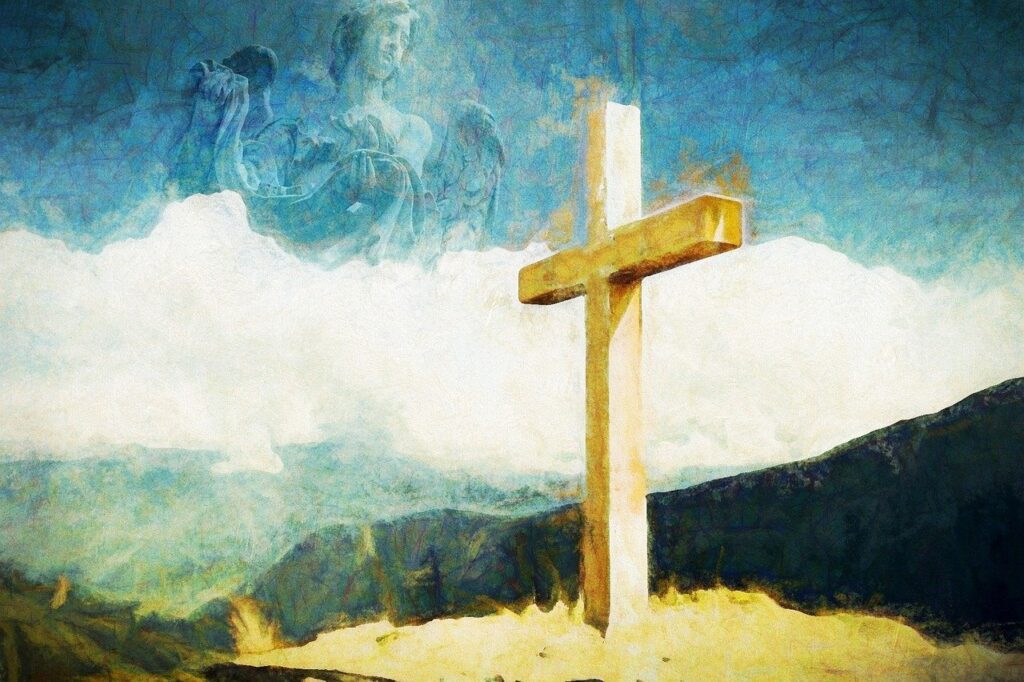
Most of us are familiar with John 3:16 and probably even John 3:17, but how many of us know John 3:14-15? Before I read them again recently I couldn’t have told you anything about them. Because they come right before probably the most well-known verse in the Bible, we tend to overlook them. But there is a lot we can learn from these verses. Here they are:
“Just as Moses lifted up the snake in the wilderness, so the Son of Man must be lifted up, that everyone who believes may have eternal life in him.”
John 3:14-15 NIV
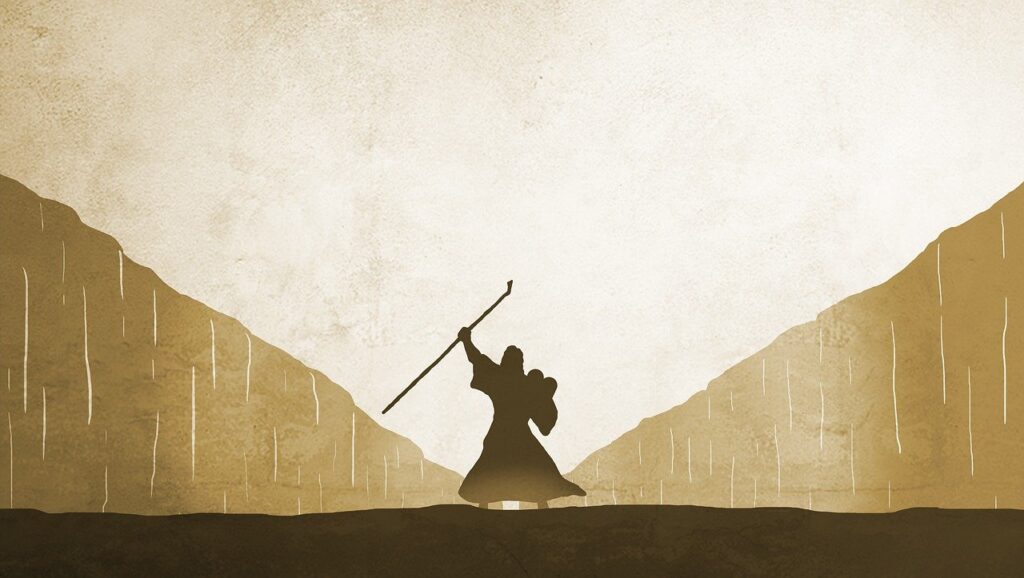
Why did Jesus talk about Moses lifting up a snake? To answer this question, it’s first important to mention who He was talking to. In this part of John’s Gospel, Jesus was meeting at night (and probably in secret) with Nicodemus, a well-respected Jewish leader. Nicodemus was a Pharisee and a member of the powerful Jewish high council. The Pharisees were known for “strict observance of rites and ceremonies of the written law and for insistence on the validity of their own oral traditions concerning the law. . . . They resented Jesus’ popularity as well as his message, which challenged much of their teachings” (The Chronological Life Application Study Bible).
Unlike many other Pharisees, Nicodemus did not reject Jesus and His teachings. When he came to Jesus, he wanted to learn more about Him. He was not trying to condemn Jesus but to be taught by Him. Doing so meant he was risking his standing as a respected member of the Jewish high council. It is evident from Scripture that Jesus had an effect on him. Nicodemus stood up for Jesus to the other Pharisees (see John 7:50-51) and helped bury Jesus after His crucifixion (see John 19:38-42).
As a Pharisee, Nicodemus was well-versed in Old Testament Scripture, and Jesus knew this. While speaking with Nicodemus, Jesus compared His own life to a story in Numbers 21. In this part of their journey through the wilderness, the Israelites grew impatient and began to complain and rebel against God. They didn’t like the food. They hated the wilderness. They thought they were better off as slaves back in Egypt. In response to this, Scripture tells us that God sent a plague of snakes: “Then the Lord sent venomous snakes among them; they bit the people and many Israelites died” (Numbers 21:6 NIV).
The Israelites repented and came to Moses asking him to speak to God on their behalf. In response to Moses’ prayer for the people, God commanded Moses to make a snake and lift it up so that anyone who looked at it would be saved: “So Moses made a bronze snake and put it up on a pole. Then when anyone was bitten by a snake and looked at the bronze snake, they lived” (Numbers 21:9 NIV).
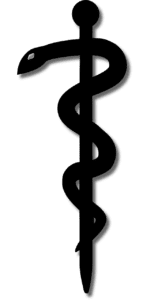
What a strange story! Why is it included in the Bible? And why did Jesus bring it up when He was teaching Nicodemus? One of my study Bibles includes this note for Numbers 21:4-9:
“When the bronze snake was hung on the pole, the Israelites didn’t know the fuller meaning Jesus Christ would bring to this event (see John 3:14-15). Jesus explained that just as the Israelites were healed of their sickness by looking at the snake on the pole, all believers today can be saved from the sickness of sin by looking to Jesus’ death on the cross. It was not the snake that healed the people but their belief that God could heal them. This belief was demonstrated by their obedience to God’s instructions. In the same way, we should continue to look to Christ . . . .”
The Chronological Life Application Study Bible
This story, and Jesus’ mention of it, really drives home the fact that God had a plan all along to save His people from sin. The Israelites sinned by rebelling against God. When they repented, He saved them through their belief in Him. He saved them through faith. Jesus did the same for us. We have all sinned by rebelling against God. In fact, our sin story began long before the Israelites were wandering in the wilderness. It began back in the Garden of Eden, and this story also involves a snake . . .
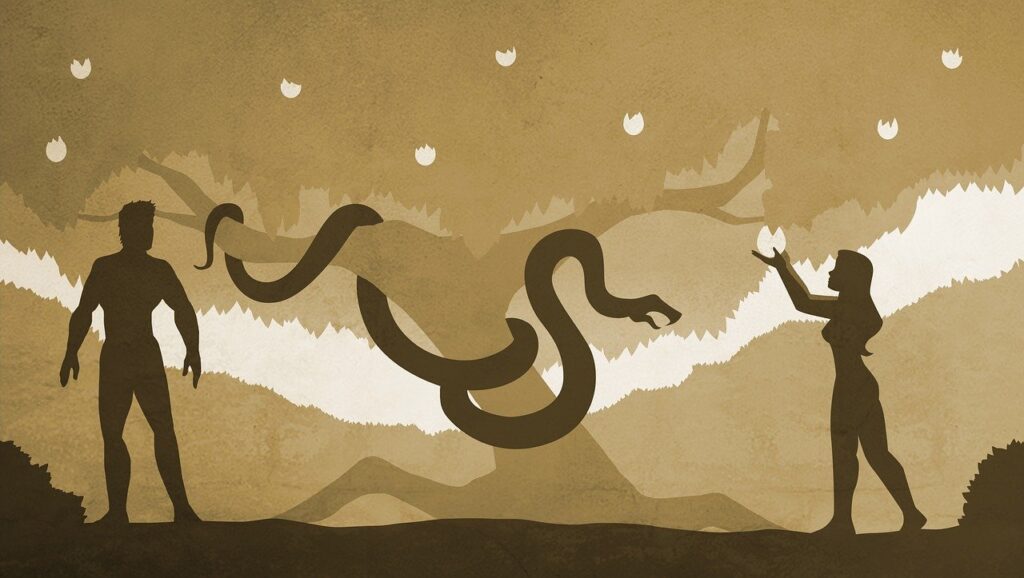
“Now the serpent was more crafty than any of the wild animals the Lord God had made. He said to the woman, ‘Did God really say, “You must not eat from any tree in the garden”?'”
Genesis 3:1 NIV
Satan, in the form of a serpent, tempted Eve by making her doubt God’s instructions. “Did God really say . . . ?” How often have we faced similar doubts? In fact, it seems that doubt is one of Satan’s most effective weapons against us. He whispers in our ear, “Did God really say . . . ?” and we begin to question our beliefs. We begin to rationalize sin. We begin to think we know better than God what’s best for us. Before we know it, we’re in trouble. And Satan slithers away, pleased with his victory.
But just like the Israelites in the wilderness, God gives us a way to be saved. The cure for the sickness of doubt is simply to believe. Look up to Christ and believe He has the power to save us. As humans, we have “inherited” from Adam and Eve this deadly sin sickness, but Christ is the cure. Jesus saves us from death and gives us eternal life with Him. His cure gets to work on us right away, not only saving us but transforming us into new people. He begins changing us to be like Him. The healing provided by Jesus’ death and resurrection is, literally, a miracle cure!
“For as in Adam all die, so in Christ all will be made alive.”
1 Corinthians 15:22 NIV
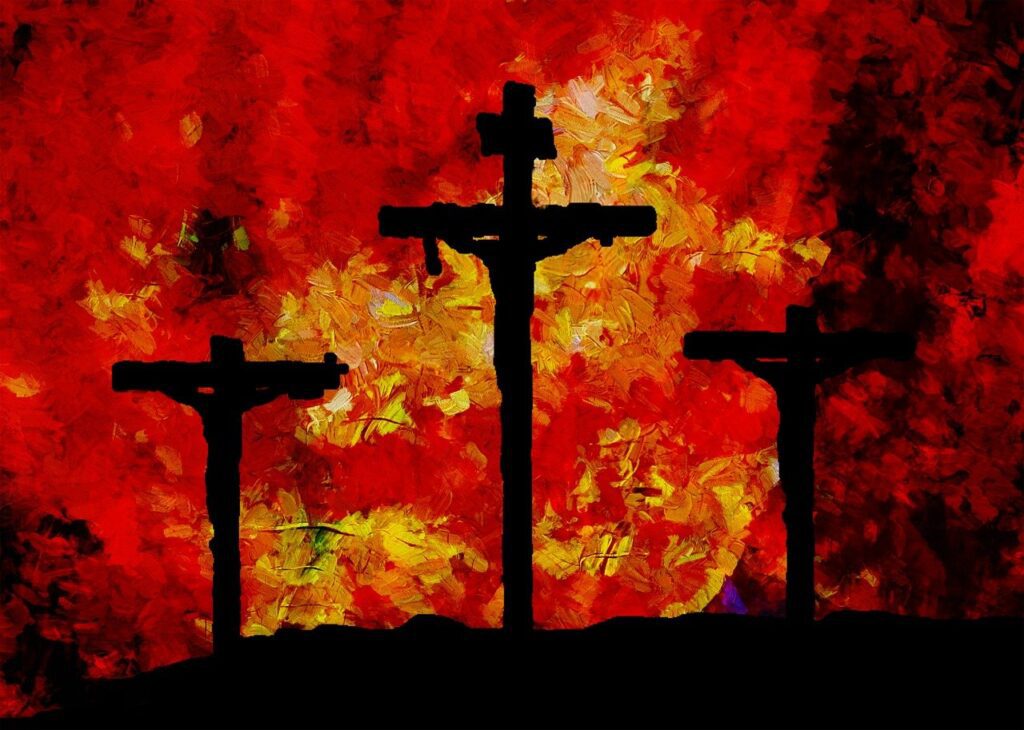
“Let us keep looking to Jesus. Our faith comes from Him and He is the One Who makes it perfect. He did not give up when He had to suffer shame and die on a cross. He knew of the joy that would be His later. Now He is sitting at the right side of God.”
Hebrews 12:2 NLV
So what was Jesus trying to tell Nicodemus — and us? Simple. Look to Him and be saved. Keep our eyes on Him and let Him heal us. Let Him transform us. The cure for our sin sickness is faith in Christ.
“When the Israelites were wandering in the wilderness, God sent a plague of snakes to punish the people for their rebellious attitudes. Those doomed to die from snakebite could be healed by obeying God’s command to look up at the elevated bronze snake and by believing that God would heal them if they did . . . . Similarly, our salvation happens when we look up to Jesus, believing he will save us. God has provided this way for us to be healed of sin’s deadly bite.”
The Chronological Life Application Study Bible
The cure is simple, but that doesn’t mean it’s always easy. Sometimes doubts and temptations hit us hard. We give in, and then we feel worse. The devil likes to kick us when we’re down, so he begins to make us feel worthless, like we don’t deserve forgiveness, that we’re too lost to be saved. But Paul assures us that we are never too far-gone for Christ: “For I am convinced that neither death nor life, neither angels nor demons, neither the present nor the future, nor any powers, neither height nor depth, nor anything else in all creation, will be able to separate us from the love of God that is in Christ Jesus our Lord.” (Romans 8:38-39 NIV)
When we are struggling with our faith, the cure for this is, well, more faith. God will give us more if we ask Him. One of my favorite prayers is quoting the words in Mark 9:24 of the father of a sick boy: “I do believe; help me overcome my unbelief!” (NIV) We must make the decision every day to keep believing. We must trust in God and in His promises. We must keep our eyes fixed on Christ and on the wonderful, eternal life He offers us. Eternal life isn’t just something He promises for the future in heaven. Eternal life starts now. It begins the moment we put our faith in Him.
“Faith is choosing to believe . . . and to keep on believing. It’s not a once-and-done choice. Rather, it is a decision made many, many times each day. Sometimes consciously, sometimes instinctively. Because each and every day, you will be confronted with the temptations, the traps and the snares the evil one tosses down before you, like so many gauntlets challenging your faith. Faith is looking the devil in the eye and saying, ‘As for me, I will serve the Lord.'”
The Weekly Faith Project
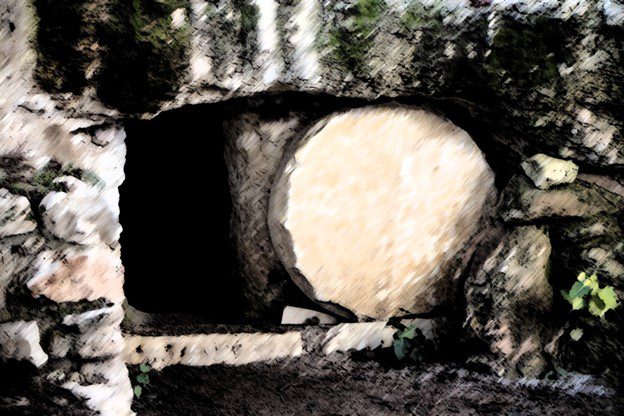
“He carried our sins in His own body when He died on a cross. In doing this, we may be dead to sin and alive to all that is right and good. His wounds have healed you!”
1 Peter 2:24 NLV
When I am tempted to give in to doubts, temptations, or guilt, I have to stop and realize that if I do, I am dishonoring Christ and what He did for me. He suffered and died to release me from the grip of sin. Who am I to disregard this gift? Whether I like it or not, He did this for me. All He asks me to do is believe it and accept it. I am not lost. None of us are. The empty tomb shows us that death does not have the final say. Christ died and rose again to cure us of our sin sickness. All we have to do is look up to Him and believe.
“Faith is believing God is who He says He is and that He will do all He says He will do. . . . But it’s more than that too. . . . it’s allowing that faith to define who you are and who you will become.”
The Weekly Faith Project
This week’s Scripture passages remind us that Jesus said He must be lifted up so that everyone who believes may have eternal life. There is a printer-friendly pdf version below the image. May these verses remind us that Christ was lifted up to save us. All we have to do is look up to Him and believe.
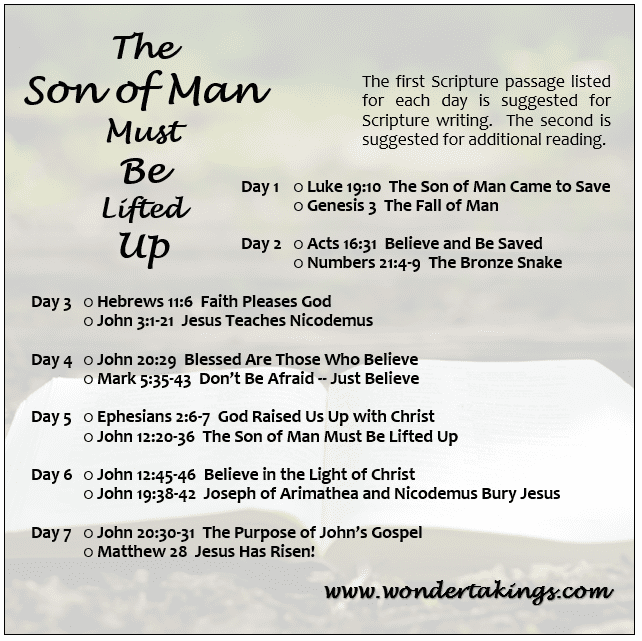
“Faith doesn’t only mean you are forgiven. It doesn’t only mean that you are freed from the penalty your sins earned. Faith means you are given grace — all the richest blessings of heaven that you could never, ever earn.
The Weekly Faith Project
Forgiveness is sweet relief; grace is unending joy and delight.”

References:
- Chronological Life Application Study Bible, New Living Translation. Tyndale House Publishers, Inc., 2012.
- The Weekly Faith Project: A Challenge to Journal, Reflect, and Cultivate a Genuine Faith. Zondervan, 2019.
Images:
- Bible and Cross featured image by congerdesign from Pixabay (edited by me)
- Cross image by cgrape from Pixabay
- Moses image by Jeff Jacobs from Pixabay
- Snake on Pole image by OpenClipart-Vectors from Pixabay
- Adam and Eve image by Jeff Jacobs from Pixabay
- Three Crosses image by Raheel Shakeel from Pixabay
- Empty Tomb image by TC Perch from Pixabay (edited by me)
- Butterfly image by Gerd Altmann from Pixabay